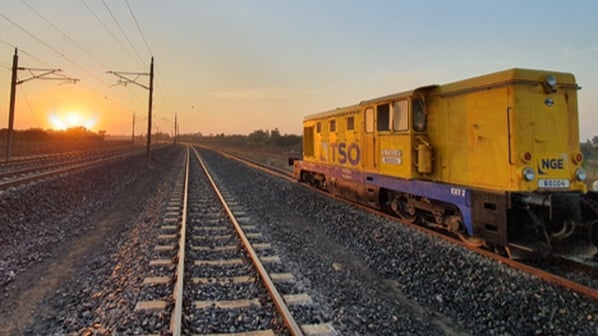The Dakar-Tambacounda-Ziguinchor Railway Line Project in Senegal is being undertaken by the Ministry of Infrastructure, Transport, Telecommunications & ICT (MOITT). It features the construction of an 850-kilometer railway line, right between Dakar and Ziguinchor via Tambacounda. Furthermore, it includes the construction of a double-track section and railway stations. In addition to the development of railway stations.
The Director General of Senegal National Railways (SN-CFS) spoke about the project. Mr. Kibily Toure said that since the end of 2019, CFA Fr 18bn of work had been done. He further said that the works also included the purchase of six brand-new locomotives from Traxtion Group, awaiting delivery.

Reported On 16 Oct 2015
Senegal to construct a railway line at a cost of US$500 million
President of Senegal Macky Sall made the announcement of the country’s plans to construct a railway line to link the Casamance region to the capital, Dakar. The president noted due to the increased insecurity in the area, now the formerly French popular destination has witnessed a robust desert.
The railway line will be passing through Tambacounda, which is a mining region then head to the east of Senegal. Thereafter, it will head to around Gambia. Casamance is said to be one of Senegal’s most fertile regions. Currently, there is said to wrangle between them and the Gambia to the north and Guinea- Bissau to the south, which has since proved to be difficult to mediate.
The president said that the project’s feasibility study had been completed. However, he did not reveal when the construction would kick off. Neither was there mention of the project’s contractors nor the duration of the railway construction project.
He said the project will be very crucial since it will be bringing together the western, central, and southern regions. Additionally, it will increase trade between the regions, and maximize mineral exploitation. Currently, Tambacounda was transporting minerals via roads, of which which is an expensive means. In addition to the roads that link the regions being in deplorable states
Currently, Tambacounda was transporting minerals via roads, which is an expensive means and the roads linking the regions are in deplorable states
